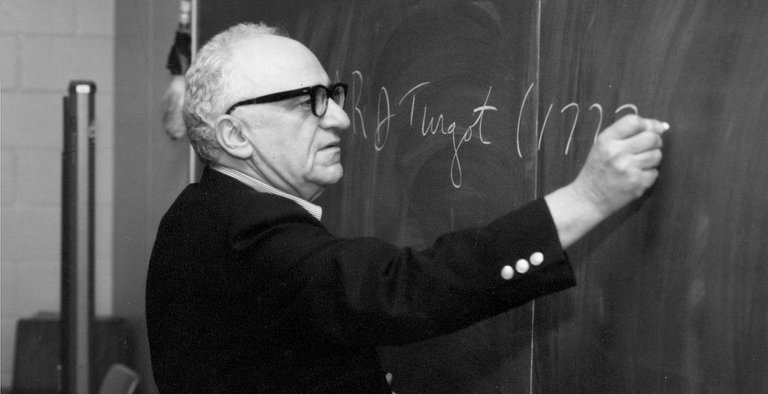
People’s image of libertarians is often in stark contrast with their image of hippies. This is commonly A fallacy of the uninformed, whose experience with the ideology begins with the Wikipedia page for “The Waco Siege” and ends with Ron Swanson from the TV show Parks and Recreation. The libertarian is hardly separable from the tea-party conservative, or, as is the caricature painted by my Californian countrymen, gun-toting, beer-swilling redneck Trump supporters. It’s a representation that many of us living in predominantly Leftist communities are likely familiar with.
However, the intermeshing of the libertarian caricature with the backwoods, conservative caricature is a modern invention that contradicts the origin of the libertarian. The counterculture movement of the 1960’s (in other words, “The New Left”) was one defined by a period of resistance against the illiberal activities of the coercive state. Aggressions that, because of those before us that wrote, marched, and protested, exposed themselves to riot police and the national guard, could end; state-enforced aggressions like mandatory racial discrimination and conscription.
It was from this opposition to the mechanism of the state, and to the more traditionalistic aspects of conventional thought, that libertarian activism in this country became defined. More specifically, it began in the late 1960’s, with Murray N. Rothbard and Karl Hess’s periodical The Libertarian (soon after, The Libertarian Forum). These writings, over a span of roughly 20 years and collated into two volumes, available digitally for free and physically for around $20 from the Ludwig von Mises Institute, chronicle the development of what Samuel Edward Konkin III would surely have termed “Partyarch” Libertarian thought. There were many notable libertarians, including Walter Block, Rothbard himself, Konkin, and several other Libertarian academics and intellectuals.
Among a number of interesting writings in these volumes are a few from ’69, which chronicle the schism within the still-active Young Americans for Freedom, a conservative student organization that touted the famous libertarian mantras of freedom, liberty, and capitalism, while toeing the Republican Party’s line: more interference in Vietnam in the name of “stopping Communism,” more prohibition of substances, the restoration of “law and order” as (at the time) peaceful protesters were being violently suppressed at universities all over the country.
In stark contrast to Republican chicanery, and the false representation of traditionalism and conservatism as being necessary to a free society, Rothbard bode young libertarians and anarcho-capitalists to (in his words)
Nowadays, it feels as if the movement is being pulled towards either the inherent statism of the Alt-Right and the so-called “National Capitalists,” or towards the inherent statism of today’s far-Left and the so-called “Libertarian Socialists”. Neither group is particularly libertarian in nature, but both are making advances, drawing more non-libertarians into libertarianism and more on-the-fencers away. What’s happening today is an overall obfuscation of core libertarian ideals; ideals that, despite being propertarian in nature, are still nonetheless to leftist or rightist corruption.
Rothbard’s love for the counterculture movement was quickly soured. As the 70’s came, so too did an all-too-familiar mixture of anti-property rhetoric and indiscriminate Leftist violence against person and property. This marked the ultimate separation of libertarianism from the conventional political power-structure.
On the Left were violent extremists who, in their fight against the state, were using coercive aggression in favor of a new statism based on principles slightly more in line with their economic views. On the Right were disingenuous conservative traditionalists reinforcing the power of the state to do as they’ve always done: champion the principles of liberty and capitalism only to strengthen American imperialism, and corporatist policies that favor a “free market” so long as it benefits the obedient, state-enforced monopolist dogs.
This has not all been to disenchant new members of the movement. I began my journey into libertarianism only more than a year ago, and I’m sure those who read this piece have devoted far greater years of their lives trying to make our shared vision of a free world a reality.
My point is that we should reject the pointed nature of the conventional paradigm; too often do libertarians take a 4-quadrant political compass test, find themselves in the bottom right corner, and ally themselves with anyone along that side of the spectrum. The reality is that libertarianism is a philosophy of individual freedom, and that is not a left-or-right ideal.